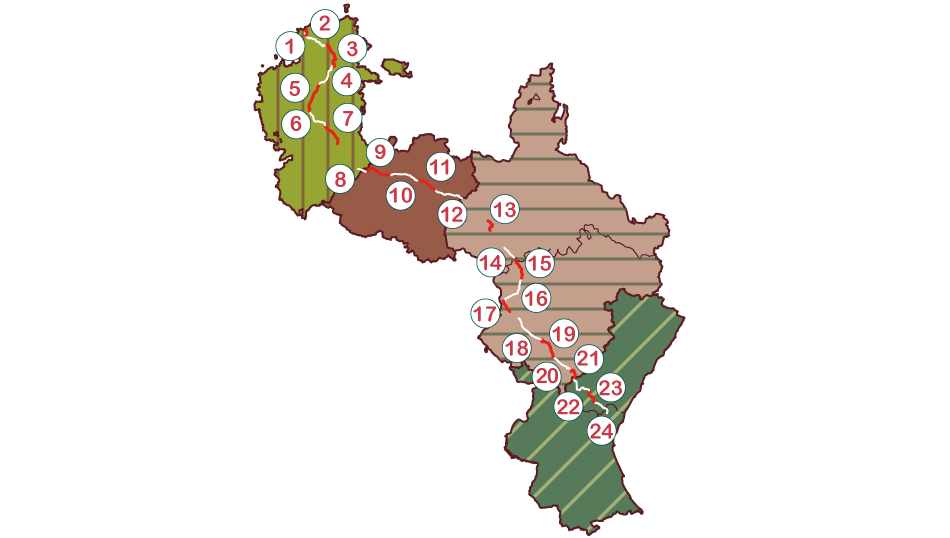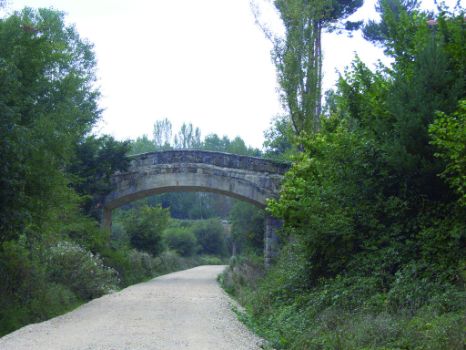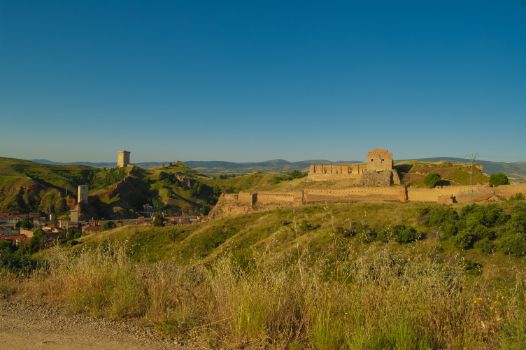Net of Natural
Trails

Santander-Mediterráneo Nature Trail
Description
- - - - - - - -
IMPORTANT NOTICE!
DUE TO CONSTRUCTION WORKS BEING CARRIED OUT BY ADIF ON THE 610 LINE - TERUEL-SAGUNTO BRANCH, THE ROUTE OF THE NATURAL PATH IS INTERRUPTED IN THE STAGE BETWEEN BARRACAS AND CAUDIEL; AN ALTERNATIVE ROUTE HAS BEEN ESTABLISHED AND WILL BE PROPERLY SIGNPOSTED.
THANK YOU FOR YOUR UNDERSTANDING.
- - - - - - - -
select a stage:

The Santander-Mediterráneo Nature Trail will constitute, in the future, an itinerary specifically designed for hikers and cyclist, based on the refurbishment of the old Santander-Mediterráneo railway, a project that expected to link the Cantabrian Coast with the Mediterranean Coast.
The Santander - Mediterráneo (Santander - Mediterranean sea) railway line was built with the intention of linking Santander with the Mediterranean ports of Sagunto and Valencia. The precursors for this project are the Calatayud to Sagunto (F.C. Central de Aragón) railway, in service since 1902, and the Astillero-Ontaneda, also opened in 1902 and encompassed into the Santander-Burgos railway project.
Later, in 1920 the provincial governments of Burgos, Santander (now Cantabria), Soria and Zaragoza promoted the project of a railway line which would go from Santander to the Mediterranean Sea. This project included the construction of the Ontaneda-Calatayud sections, which, to the north, were joined to the already built section, and, to the south, with the Calatayud-Teruel-Sagunto-Valencia railway line.
Finally, between 1927 and 1930 the entire section from Calatayud to the Cidad-Dante (Burgos) station, near to Santelices, was built. The connection to Santander was incomplete, lacking 35 km. In this last section, the La Engaña tunnel is especially noteworthy: fully completed in 1959, at 6,976 m long, it was, at the time, the longest railway tunnel in Spain, although no trains ever passed through it.
This unfinished line included 22 completed tunnels (out of the 48 projected), first, second and third class stations, stops, railway sidings, stores, level crossing booths and hundreds of kilometres of railway. In 1959 the works on the Santelices-Boo section (including the La Engaña tunnel) were abandoned and settled. The section was used for the transportation of goods and travellers until 1 January 1985 when the 434 km long section between Cidad-Dosante and Caminreal was closed. Ten years later, in 1995, the Council of Ministers authorised the dismantling of all those railways sections closed to rail traffic, although dismantling works in the Santander - Mediterranean Sea railway line did not start until 2003.
Several sections are currently being refurbished to be used as trekking and tourist bicycle routes, with the aim of finally linking the Cantabrian Coast and the Mediterranean Coast by means of the Santander - Mediterranean Sea Nature Trail.








